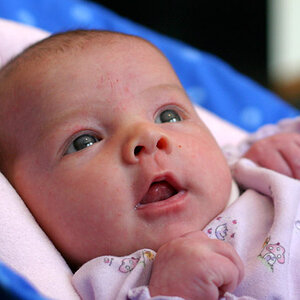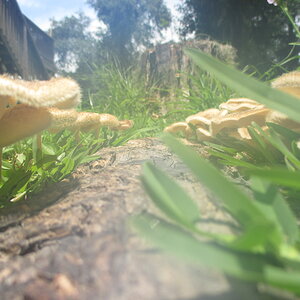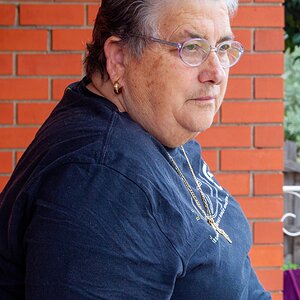RichardsTPF
TPF Noob!
- Joined
- Jul 19, 2011
- Messages
- 445
- Reaction score
- 14
- Location
- Houston, TX
- Can others edit my Photos
- Photos OK to edit
I mean some reference setting under different condition that I can start with. I am testing it by shooting a coke can in my living room. I read a lot of treads about aperture and shutter speed, none of them really talk about iso.


![[No title]](/data/xfmg/thumbnail/41/41757-2c3d7911242848ab00e3e9aaafa24381.jpg?1619739882)

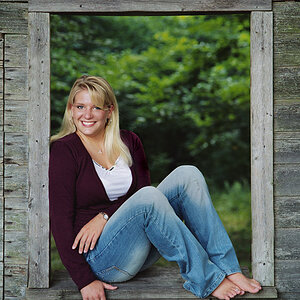
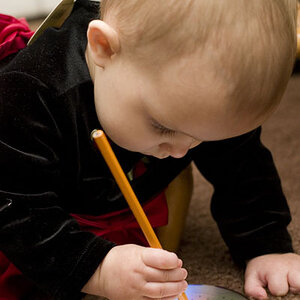
![[No title]](/data/xfmg/thumbnail/32/32157-d34c504b7ccf1335e959a8a2be6cfacc.jpg?1619735234)
![[No title]](/data/xfmg/thumbnail/41/41755-a922f39cc29ff8f6e66a197508bf99f3.jpg?1619739881)
![[No title]](/data/xfmg/thumbnail/32/32155-5dfb2c8aee58498ba1862d4f34389669.jpg?1619735234)
